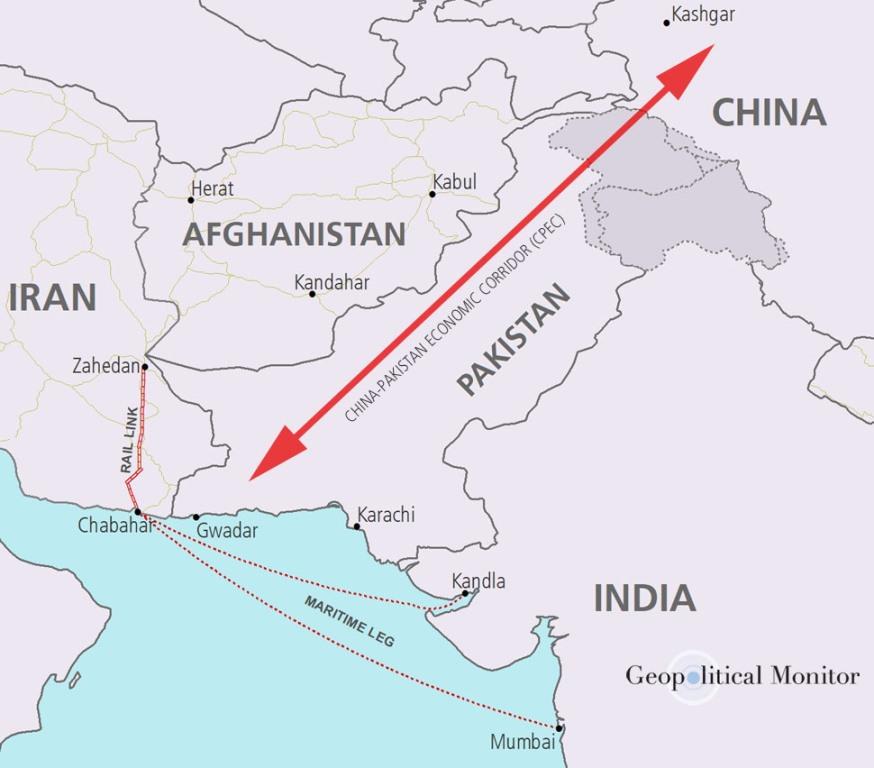September, 8, 2021

The Silk Road Journal by Mahika Ming
As we all know Afghanistan was a peaceful country till late 1970s. It never attracted colonial powers since it didn’t have any valuable resources they can take away to London, Lisbon & Moscow etc. When the USSR decided to access the Indian Ocean as part of the cold war strategies through Afghanistan in the late 1970s conflicts started. The USA directly & indirectly supported to establish the fighting forces to hit at the Russian forces on ground. Some believe that the Taliban was also such a product. Somehow, the weakening USSR ultimately withdrew their forces and Afghanistan was left in a series of conflicts. In 2001 when the twin towers were destroyed, Afghanistan was the best tool for USA to boost their defense business enterprises. According to analysts it has reached more than USD 2 trillion by 2021. From a business management point of view the US defense suppliers can be considered extremely lucky while more than 40 million Afghan nationals are not.
The world witnessed Afghans falling from the sky trying to flee the chaos created by the USA & the large stocks of weapons USA has left in Afghanistan. May be they expect the Afghans to borrow money from someone, buy ammunition for the guns from the USA & continue killing each other. Most cameras focused on the chaos in Kabul during the last weeks of August were least bothered about how poor Afghans in the regions are surviving. Though UN can is a big machine that cannot be replaced for the sake of the protection of the less privileged, it takes time for the UN to get things organized & come into action on most occasions.
The Belt & Road Initiative is filling in that vacuum according to the fraternity of a Germany-based political and economic think tank. As we know the UN Charter affirms the equal rights of all nations, no matter big or small. The view of the German fraternity is that the BRI is a the great up-lifter of nations out of poverty in the 21st century while the Article 55 of UN Charter outlines similar objectives such as stability, well-being, higher living standards, full employment, & conditions of economic & social progress. Accordingly the Maritime Silk Road (one of the two arms of the BRI) is ensuring world peace & is playing a key role in keeping millions of poor Afghan nationals out of hunger. It is recorded that during the turmoil in Afghanistan, fertilizer from China has been going to the Afghan farmers through port of Gwadar of Pakistan along the China-Pakistan Economic Corridor which is an important belt in the BRI. China has always respected Afghanistan’s right to select its own administration & the path to raise its population out of poverty. Helping them to survive through strengthening food supply chains is a noble deed which matches the UN objectives.
The writer is an analyst with interests in the financial and sustainable development sectors with postgraduate exposure in the Far East (mahika.ming@gmail.com).
Video Story